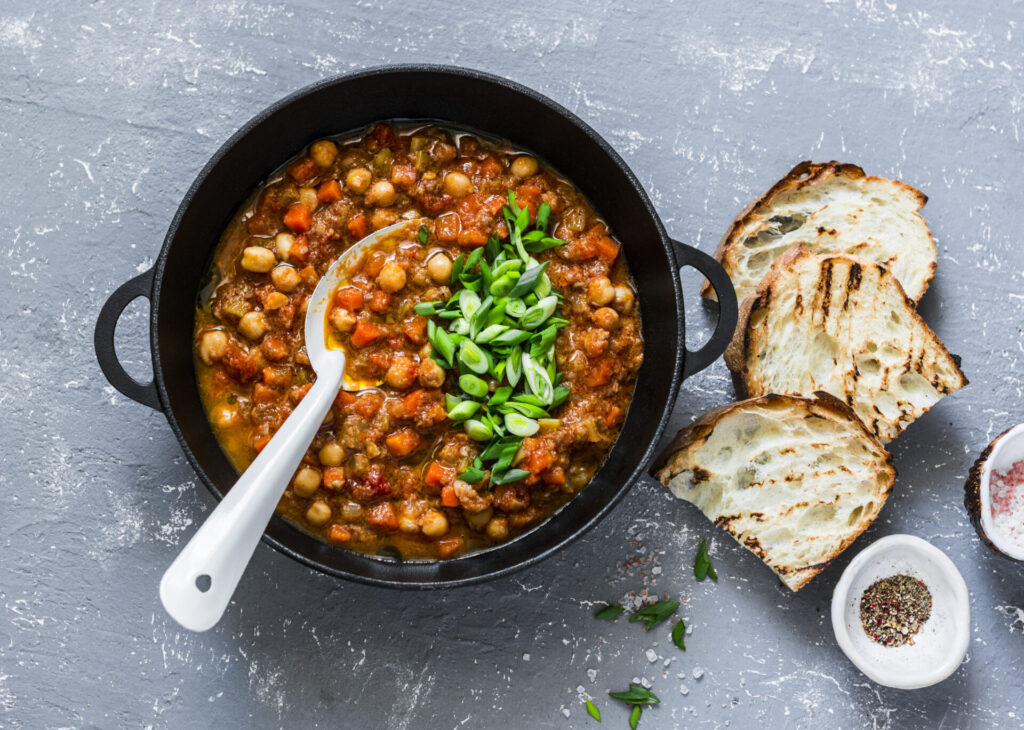As a typical, busy parent, you’re on the go much of the time, shuttling kids from one activity to the next, taking care of errands, working and – if you’re lucky – playing, too. In all this hustle and bustle, your diet can suffer. And one of the first nutrients to feel the brunt is fibre. According to Health Canada, “Canadian women need 25 grams of fibre per day and men need 38 grams of fibre per day. Most Canadians are only getting about half that much.”
Fibre is extremely important to our diet. There are two types of fibre: soluble fibre, found in some vegetables and fruit and legumes. It can help lower blood cholesterol and control blood glucose, especially important for people with diabetes. Insoluble fibre is also found in some vegetables and fruit, as well as whole grains and wheat bran. It can help keep your bowels regular and may protect against colon cancer. A high fibre diet can improve or prevent constipation.
To boost your dietary fibre, eat more:
- Fruits
- Legumes such as dried beans, lentils, peas, soybeans
- Nuts and seeds
- Vegetables
- Whole grains such as whole grain breads, cereals, crackers and pasta, brown rice, hulled barley, oats
Here are 8 tips to balance your diet with more fibre:
1. Eat a rainbow – This advice is often trotted out to kids, but it’s just as applicable to “grown-ups”. If your plate looks a little bland or monochromatic, get some colour on it! The nutrients that make fruits and vegetables colourful, such as beta-carotene, also make them healthy.
2. Limit fast food – The drive-thru is not your friend, though it is so tempting and convenient. Instead, when you make dinner, portion leftovers in ready-to-go containers for the next day’s lunch.
3. Try a new fruit or vegetable – This goes hand-in-hand with tip #1. Don’t just whiz through the produce section to get a bag of apples. Check out some of the more interesting and unusual offerings, such as passion fruit or guava. Or try different varieties of apples. There are so many to sample!
4. Swap sweet potatoes for potatoes – These orange-fleshed wonders have approximately twice as much fibre as regular potatoes and are twice as delicious. No wonder they’re a favourite baby food! Why do we relegate them to special holidays when we get older?
5. Expand your grains – Go for whole grains to get the most fibre, but also, try more types of grains. Barley, bulgur wheat and rye are fibre superstars and will add variety to your diet.
6. Get into legumes – Fibre-rich legumes are also rich in probiotics, which will improve your gut health. They are also low in calories.
7. Pack healthy snacks – Whether you’re on a road trip with the kids or simply a day of errands, be prepared. Pack an apple, a bottle of water, carrot sticks, a container of nuts or Fibre 1 chewy granola bars to keep hunger at bay. Your wallet will thank you too.
8. Treat yourself! – There’s nothing worse than feeling like you’re tied to a restricted diet rather than merely making healthy food choices. If your sweet tooth is feeling neglected, you can incorporate fibre into dessert.
These Lemon Strawberry Shortcake Trifles look and taste great and each serving packs 6 grams of dietary fibre.
















